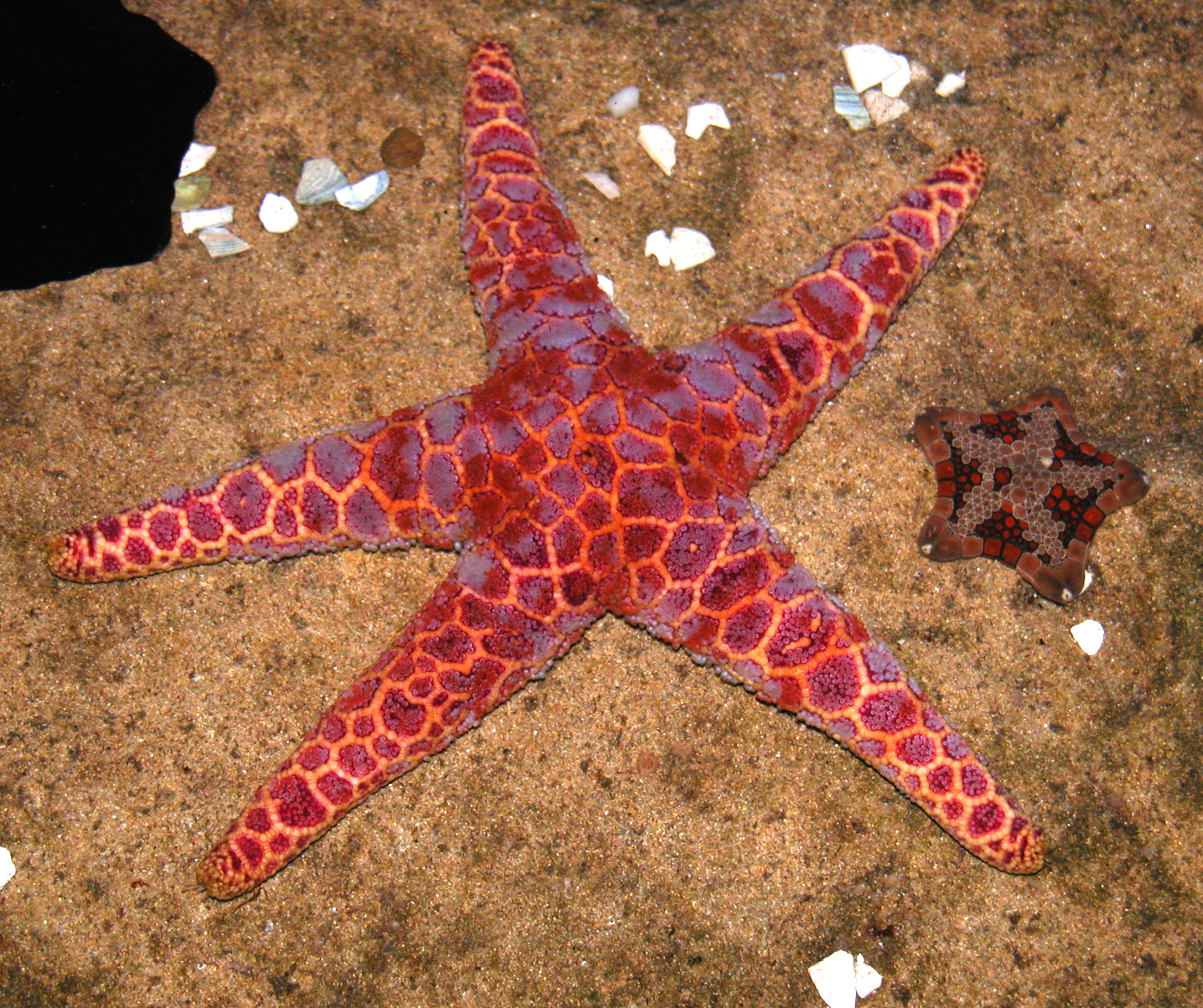Mathematics
Fishing for the future - make a fishing game
You will need:
- Recreational Fishing Guide (choose the details of different types of fish) – guides are available from fishing shops, the MFDC and online vfa.vic.gov.au
- craft magnets or old fridge magnets
- Draw or photocopy your chosen fish into different sizes – check minimum size in guide, make sure some are legal size and some are undersized, laminate (optional) and stick a magnet near its mouth
- Fishing rod - a stick, string and a magnet attached to the end
- Rulers
- Create an area that looks like a pond/sea with the fish in it
Who has been fishing before or watched a fishing show? What did you catch and and how big was it? Did you keep all the fish you caught? What would happen if we took every single fish we caught home? How do you decide what you can keep and what needs to be returned? Have a look at the Recreational Fishing Guide. This is what people use to help them when they’re fishing.
Find the fish you have chosen to draw/photocopy for your game. Explain what ‘minimum legal size’ means. What is the ‘minimum legal size’ for your fish? Go fishing..... can you keep this fish? Use the guide, If it is the right size you can keep it, if not you need to put it back.
Space and shape
Find geometric shapes in different marine and freshwater creatures e.g. five armed sea star, which parts are like a pentagon, a triangle?

Survey
Create a survey based on collected newspaper articles/film clips about current issues in the marine environment. Conduct the survey and collate the data. Conduct the survey as a face-to-face interview or anonymously, interview a whole class, school, friends or family members. Present results as graphs etc
Marine Maths
Use the marine facts below to produce charts or graphs. Or find and research other measurement facts.
Carry out measurement activities and compare these facts to familiar objects. E.g. measure out a blue whale on the school basketball court or your driveway or how many humpback whales would fit in your classroom/house?
Research the weights and lengths of different whale species. Express the ratio of tonnes per metre.
Draw different animals and label measurements and body parts.
Whale | Baby length | Baby weight | Adult length | Adult weight | |
Southern Right Whale | 6 metres | 1,000 kg | 18 metres | 80,000 kg | |
Blue Whale | 7.5 metres | 3,000 kg | 30 metres | 100,000 kg | |
Humpback Whale | 5 metres | 1,500 kg | 15 metres | 30,000 kg | |
QUESTION |
MEASUREMENT | ||||
How much do baby Blue whales drink per day? | 380 litres | ||||
How much weight do baby Blue whales gain per day? | 90 kg | ||||
What is the average length of a human's intestine (small and large intestine combined)? | 5.5 times their body length | ||||
What is the average length of a Sperm whale's intestine? | A 17 metre long Sperm whale has an intestine length of 152 metres. | ||||
How much does a Humpback whale's liver weigh? | 476 kg | ||||
How much do a Fin whale's lungs weigh? | 394 kg | ||||
How much does a Sperm whale's heart weigh? | 126 kg | ||||
How much does a Humpback whale's heart weigh? | 190 kg | ||||
